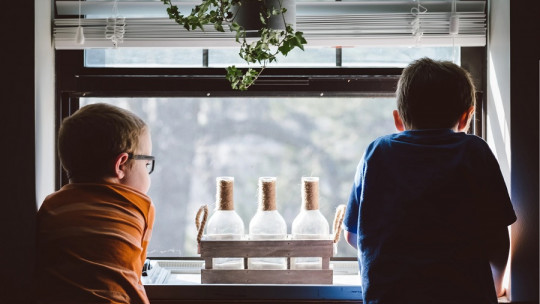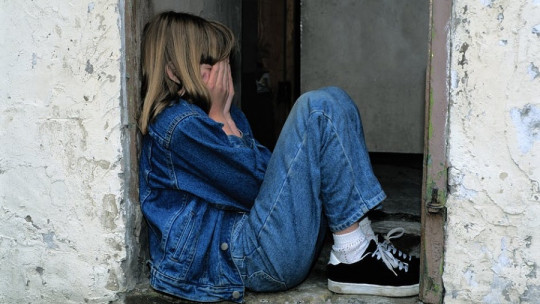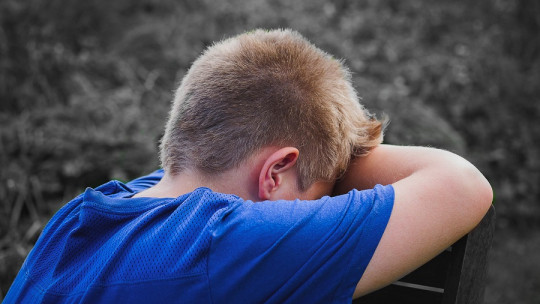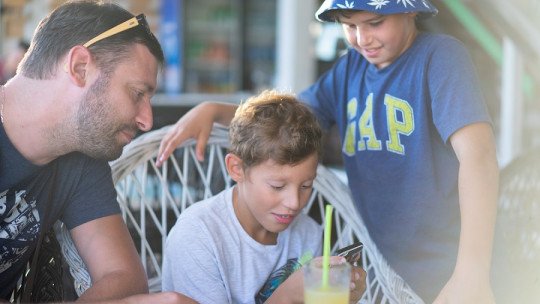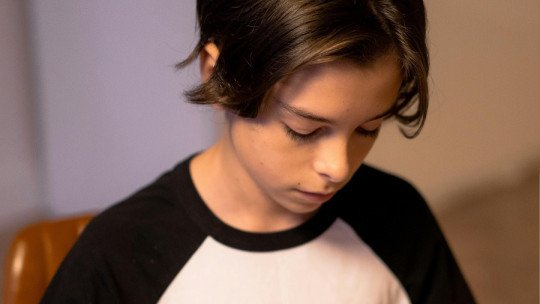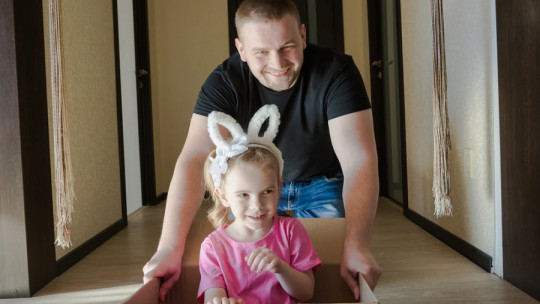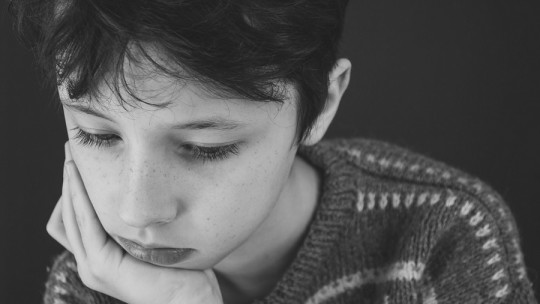
Our lives have changed in the last two years; This virus has meant that we have all had to reorganize our ways of living, our rhythms and routines, our schedules and places of life.
In this new context, homes have been transformed into offices, teleconference centers, cinemas, gyms and also schools. We adults have been engines of adaptation to the new threat and in a very short time we have begun, almost without assimilating it, to function differently. But… What happens with children and adolescents?
A challenge for our ability to adapt
Citizen resilience has allowed society, as a whole, to move forward; or at least not to stop abruptly. As a society we have tried to ensure that no one is left behind: ensuring that all (or almost) people have a minimum source of income to survive; labor flexibility measures have helped stop the decline in production; Compliance with the restrictions by the majority of citizens has contributed to stopping infections, companies have stayed afloat thanks to state aid, etc.
Considering the above, it seems that we have known how to provide an effective response to the pandemic, guaranteeing protection; However, taking Gauss’ bell as a reference, it is clear that we have been able to respond and protect the age groups that are in central positions of the population, leaving the head and tail of the curve in the background. That is, heminors and the elderly, who have not been the subject of the priority attention they deserve due to their high vulnerability
Without downplaying the importance of the group of elderly people, in this article I would like to put the focus on minors, as they are the group with which I mostly work in my profession. And it is my intention to offer a reflection on aspects that, from my point of professional observation, I consider have been undervalued or not sufficiently taken into account because other elements have monopolized media and social attention. In this way, drinking, the increase in suicides or suicide attempts, regressions to previous evolutionary phases, or some variants of agoraphobia due to the risk of contagion, are some examples of indirect effects of this virus that have been widely discussed in the media and also at a social level.
The psychological impact of restrictions on the youngest
An element that affects adolescents and pre-adolescents, and that seems to have remained in the background, is that Their psycho-social development has been abruptly interrupted due to health measures and restrictions From one day to the next, their -real- social networks (which in recent years have already been diminished by the massification of “smartphones”) have almost completely disappeared.
The virtual world has become the space of sociability for this age group ; Training, sociability and leisure are thus developed in a virtual environment that lacks non-verbal communicative aspects, so important for the proper development of communication.
This digitalization of the social experience not only impoverishes it, generating a feeling of loneliness and isolation that has already been detected by some research, but also negatively influences social development Personal social experience has a wealth of stimuli (physical and emotional) that help us interpret others, acquire new skills through imitation, explore new possibilities for better conflict management, etc.
In addition, physical contact in interpersonal relationships has favorable effects on mood and helps improve self-esteem.
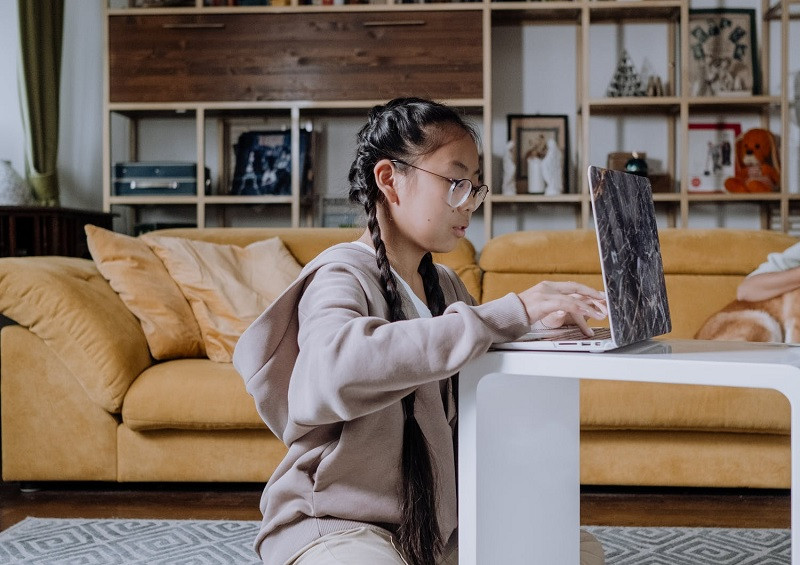
In the case of minors of school age between 6 and 11 years old, the value of contact between boys and girls of different ages in the evolutionary development seems to have been underestimated. The advantages of a certain heterogeneity in childhood relationships have been widely documented by such prominent authors as María Montessori, whose studies have shown that multi-level classes provide benefits to all children regardless of age.
Well, in our schools, contact between minors of different ages is already scarce, and only occurs during recess and leisure time; but now, after the pandemic, The methodology of the “bubble” groups has meant that this intergroup contact has been reduced or has completely disappeared
In this way, the “bubble” effect generates areas of endogamous sociability where children are deprived of the possibility of interacting with other younger and older peers, which produces a crystallized sociability in which the role and status of each member of the group, are difficult to modify; alliances also suffer from the poverty of alternatives, the possibility of learning by imitation disappears for the youngest, just as the opportunity to experience care and responsibility is not offered for the elderly.
Regarding children in the pre-school stage (0-5 years), some limitations that affect their development caused by the pandemic are also observable. And at this moment I would like to focus on two aspects that have been treated in a somewhat superficial way in the media, and that perhaps – due to their more technical aspect – have gone unnoticed by society.
The first has to do with linguistic development ; Some scientific articles have already been published that warn of a possible delay in the appearance of speech in the “Covid generation”, due to the loss of visual information implied by the use of masks. This effect not only occurs in deaf people, but also in children who a priori do not present other difficulties.
The second of them has to do with visual ability Our brain, properly exposed to external reality, generates a depth of field or three-dimensional vision; Well, there is a critical phase, starting before the age of two, where this adaptive function develops due to exposure to the outside world.
The increase in the use of screens, due to the need for parents to telework, together with the obligation to remain in our homes or limit going out due to the risk of contagion, affects the development of this brain function in the child; since the images that we receive through them are in two dimensions.
Concluding…
In conclusion, I believe that as a society we are in a moment in which Both education and health professionals, as well as families and public institutions, must pay special attention to minors designing and developing actions that can alleviate the negative effects that the pandemic is leaving on its development.
As a professional who works with minors on a daily basis, I consider that our younger population is behaving, in general terms, in a responsible manner in compliance with health restrictions, and has contributed with its powerful capacity for adaptation and its resignations, to control the health situation. Now It is our turn to be responsible, empathetic and protective We owe it to them.
Author: Ivan Zancolich, psychologist and psychotherapist at VALIA, a service specialized in intervention with minors and families with difficulties.


